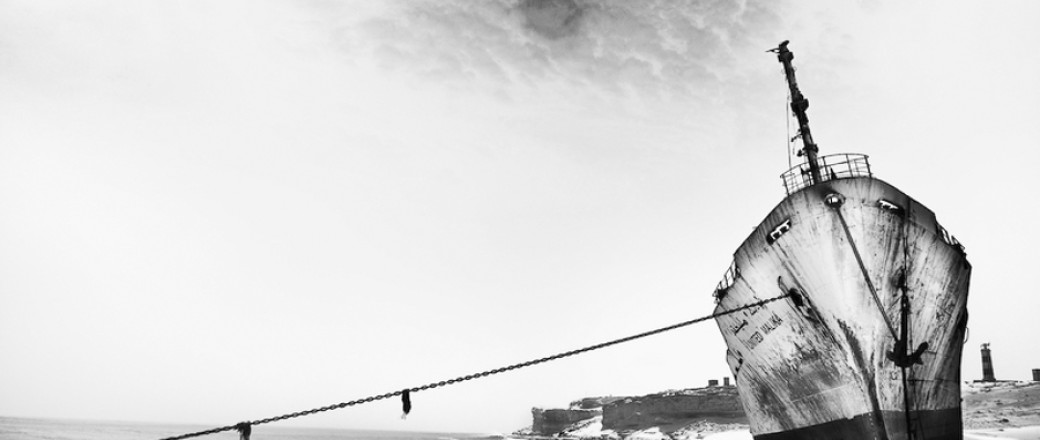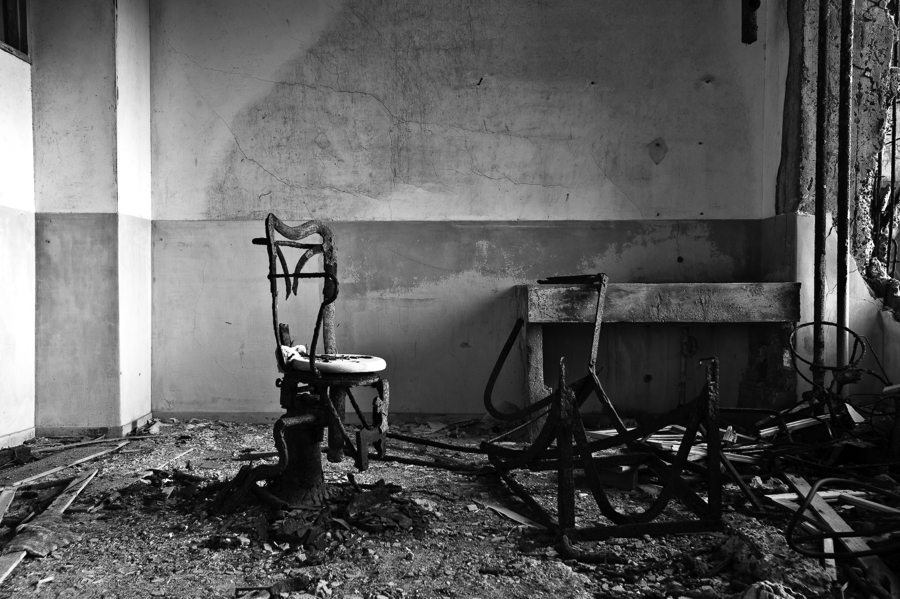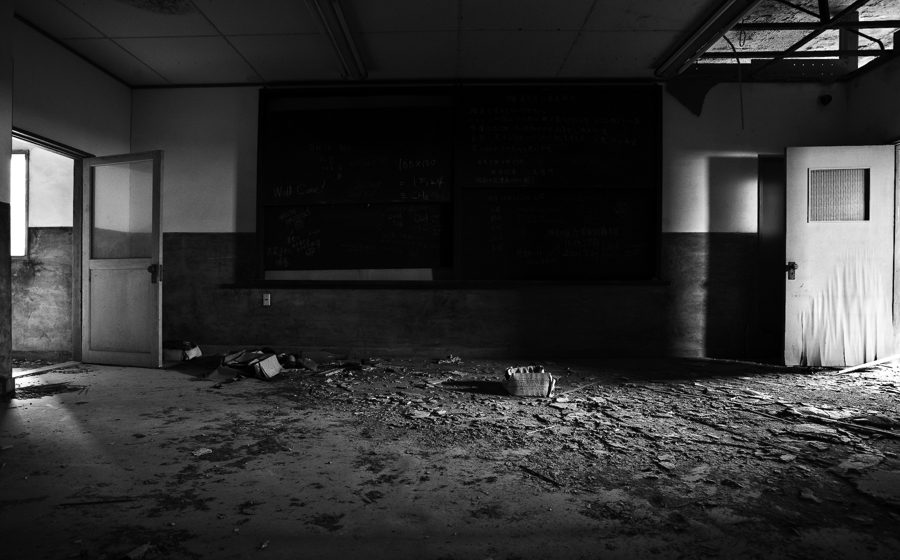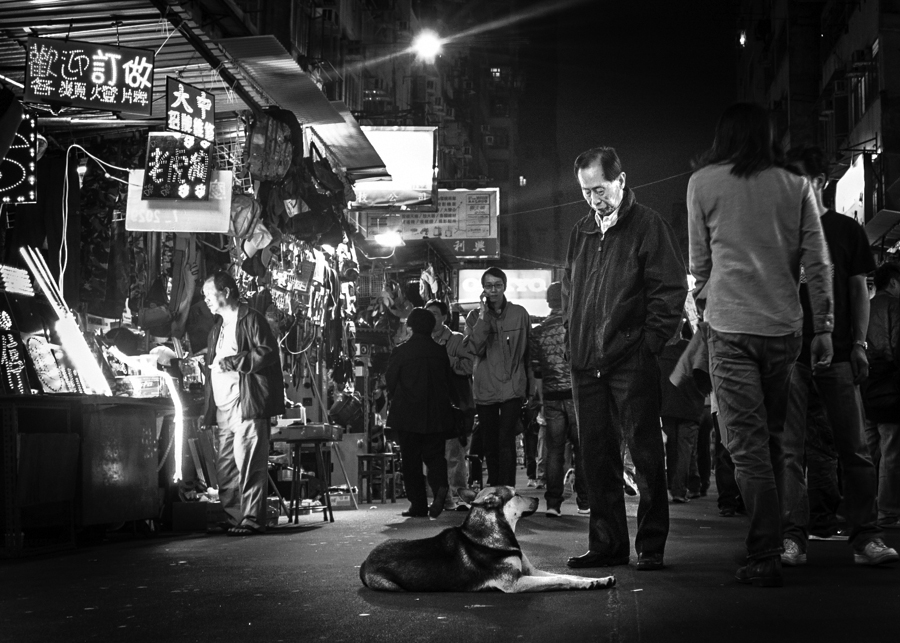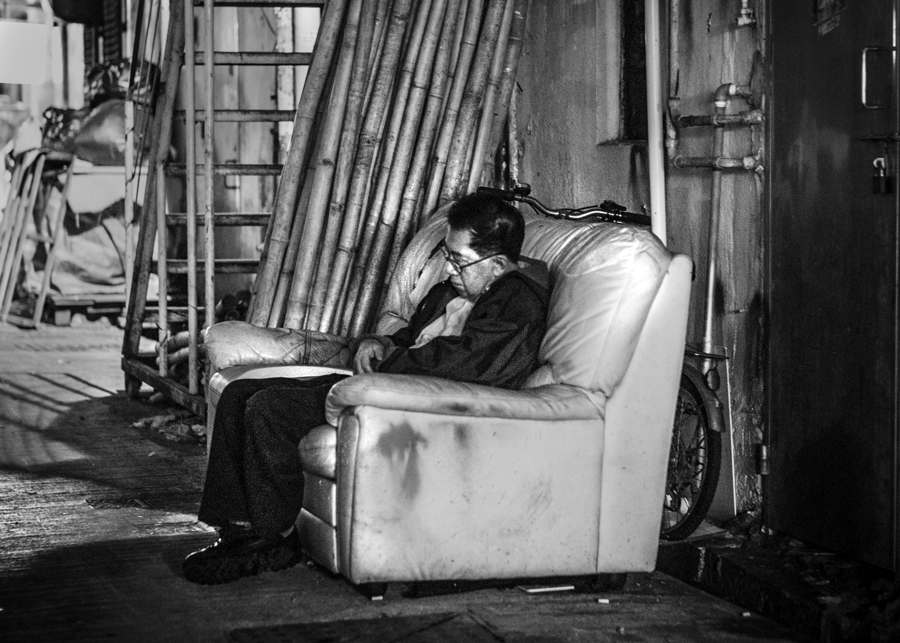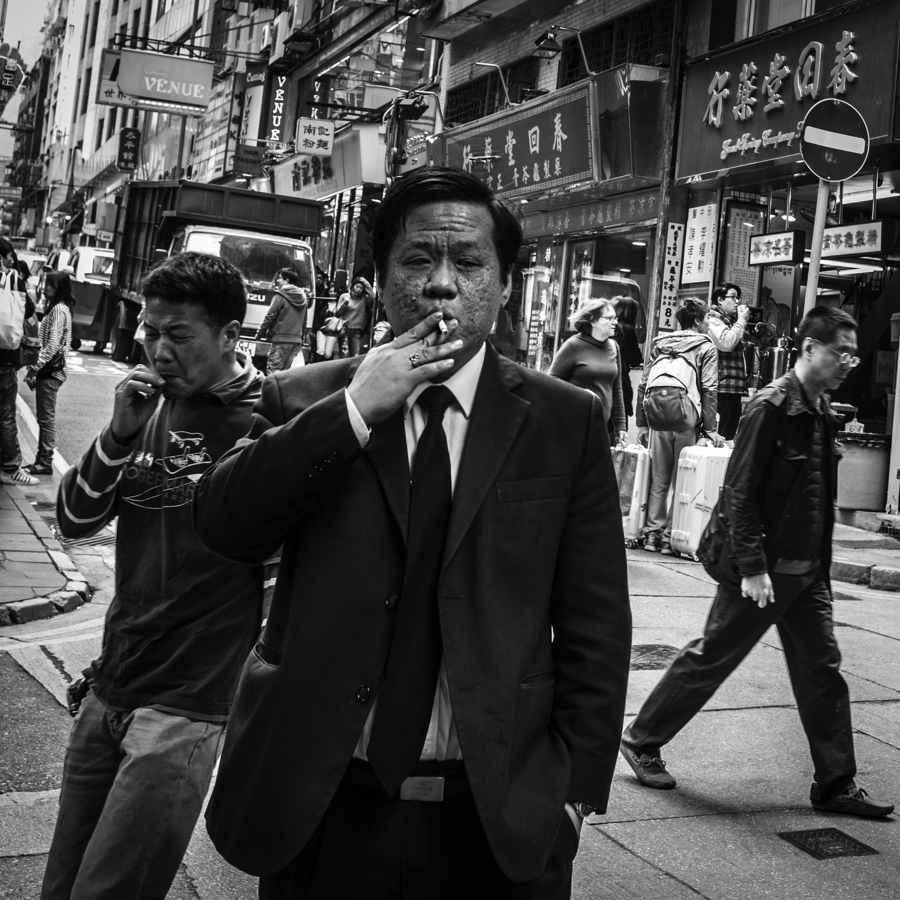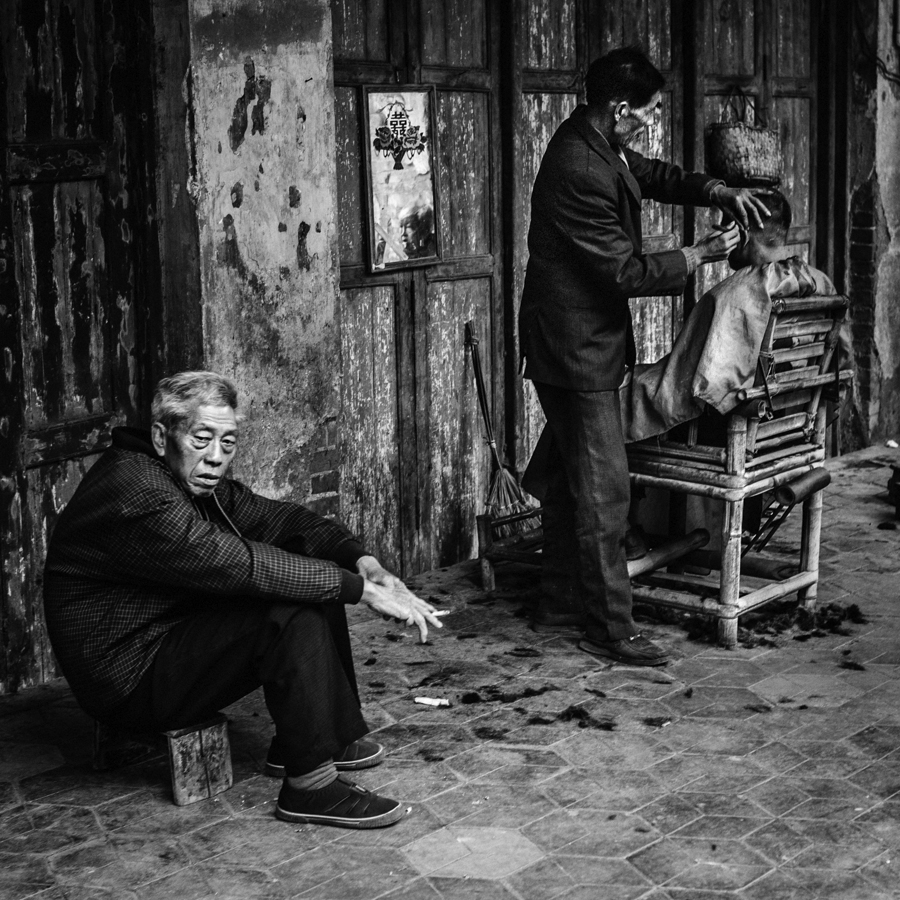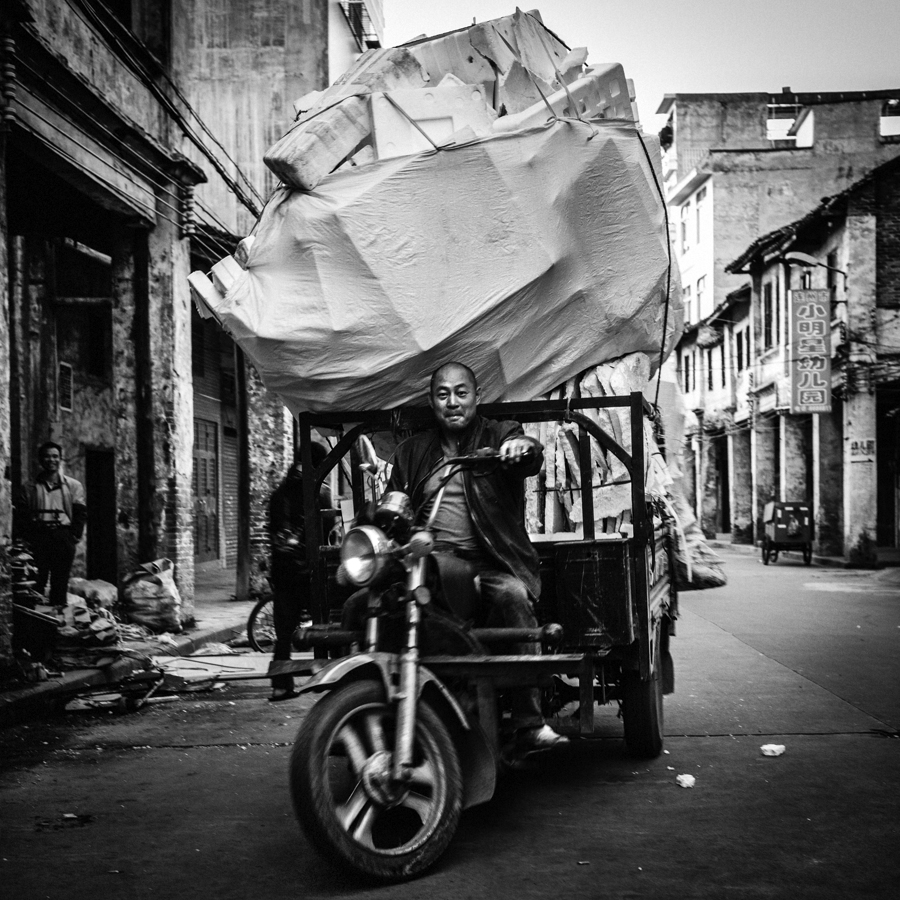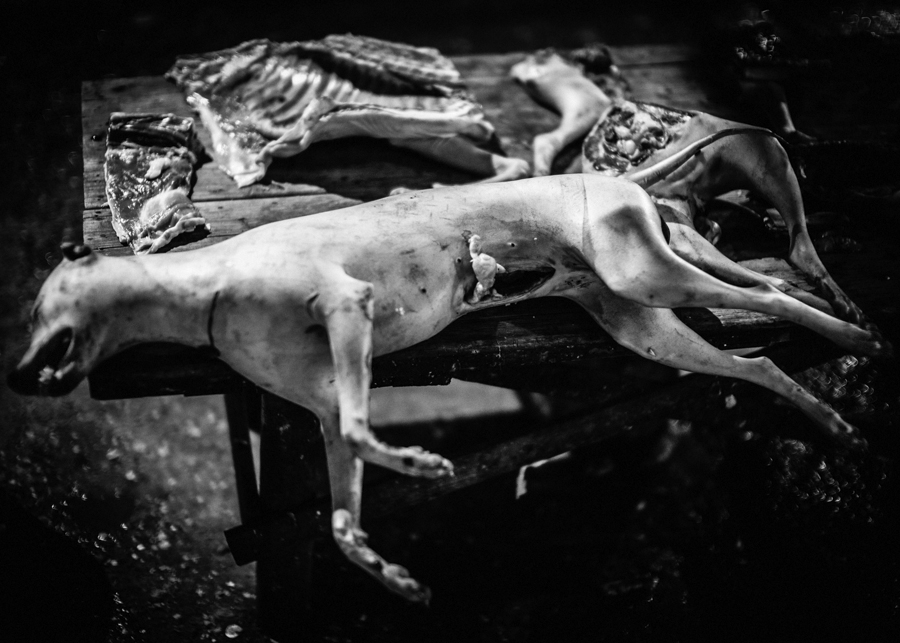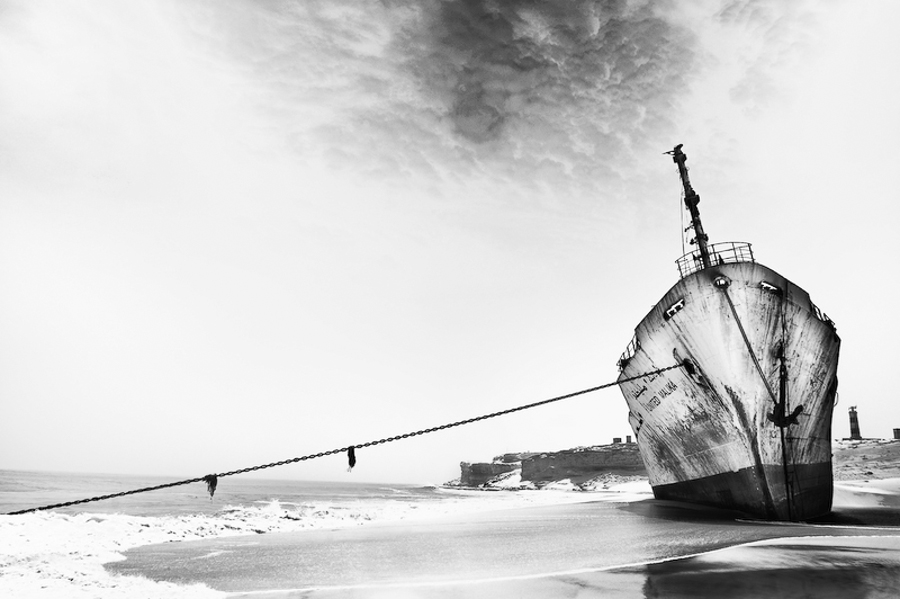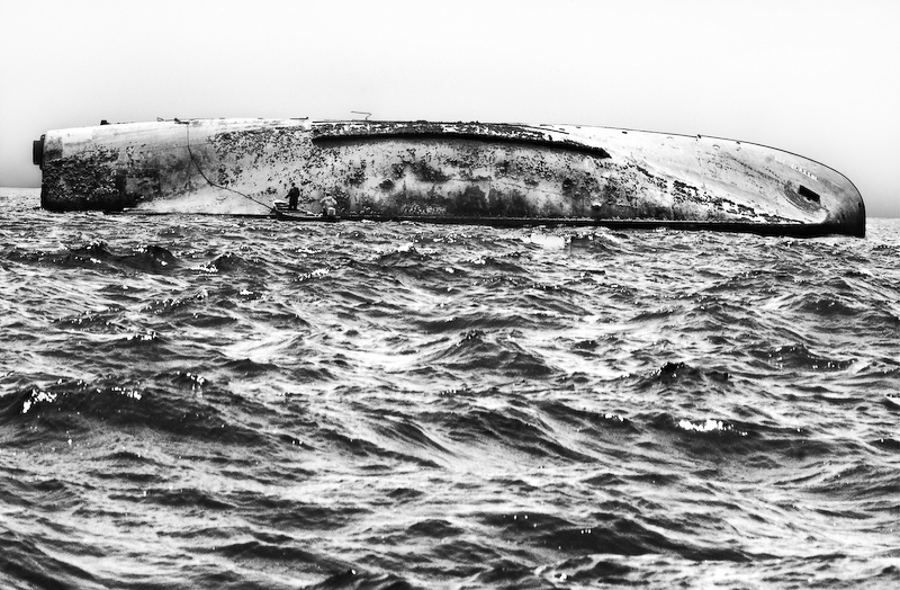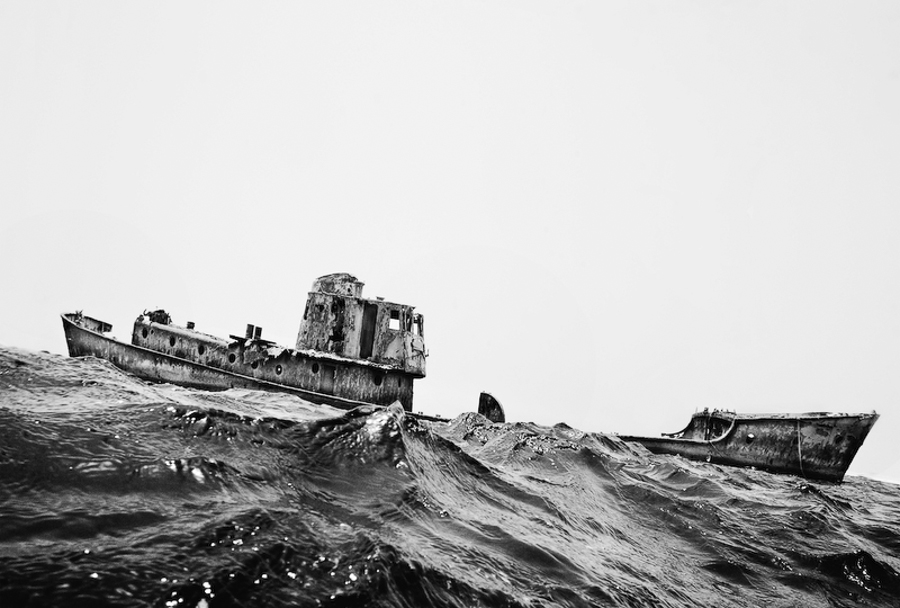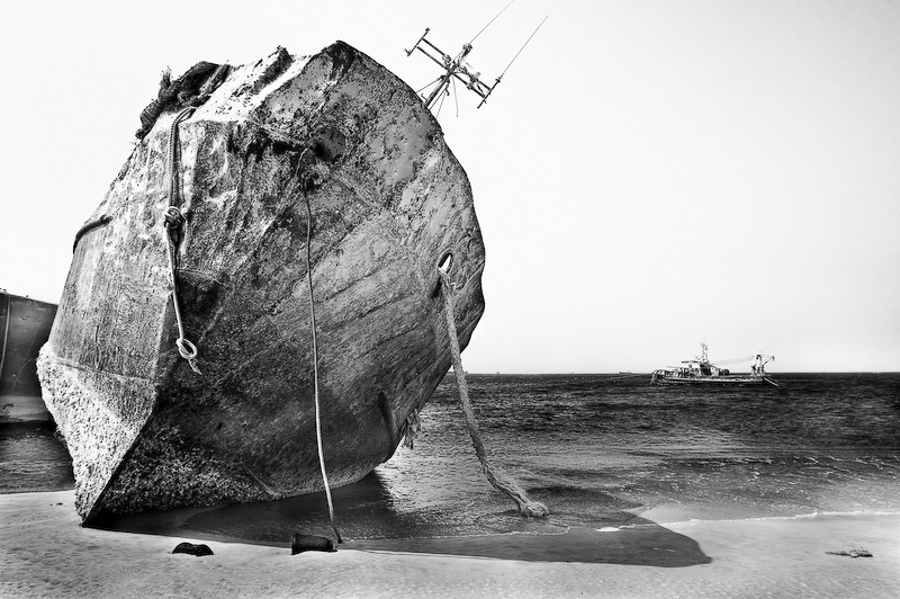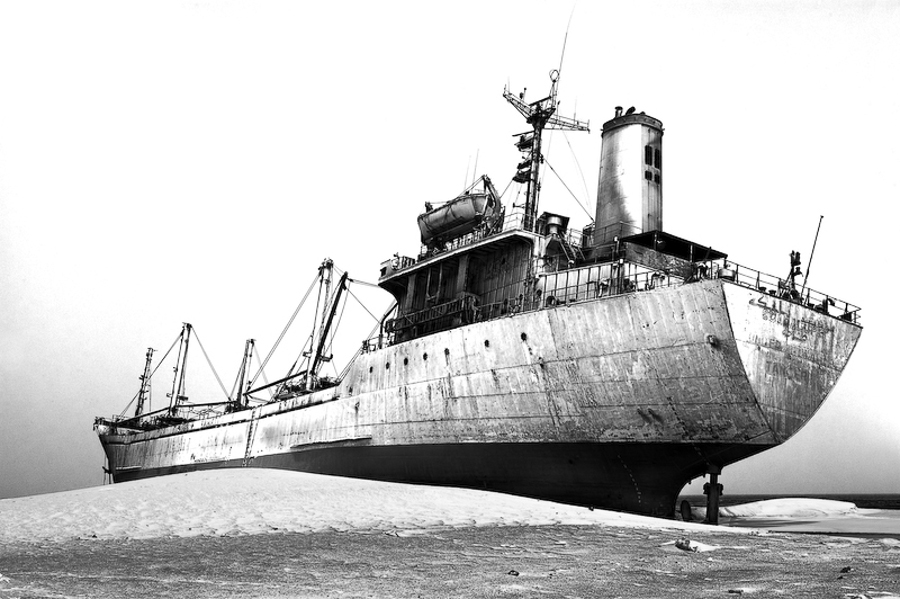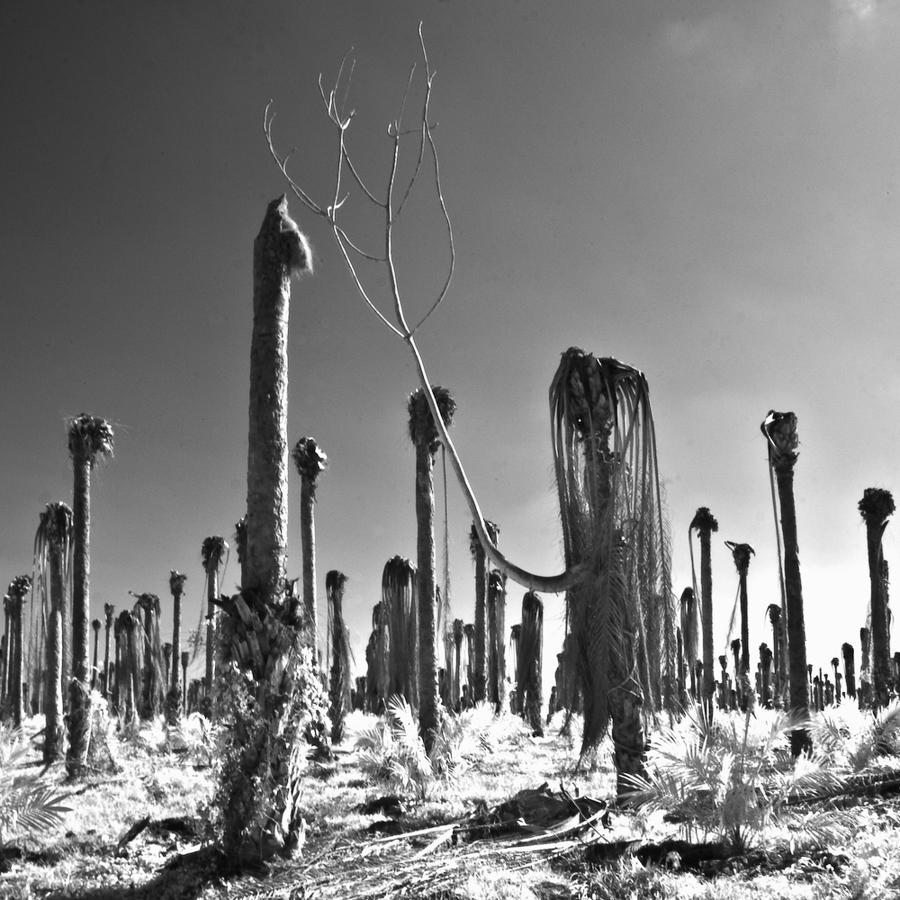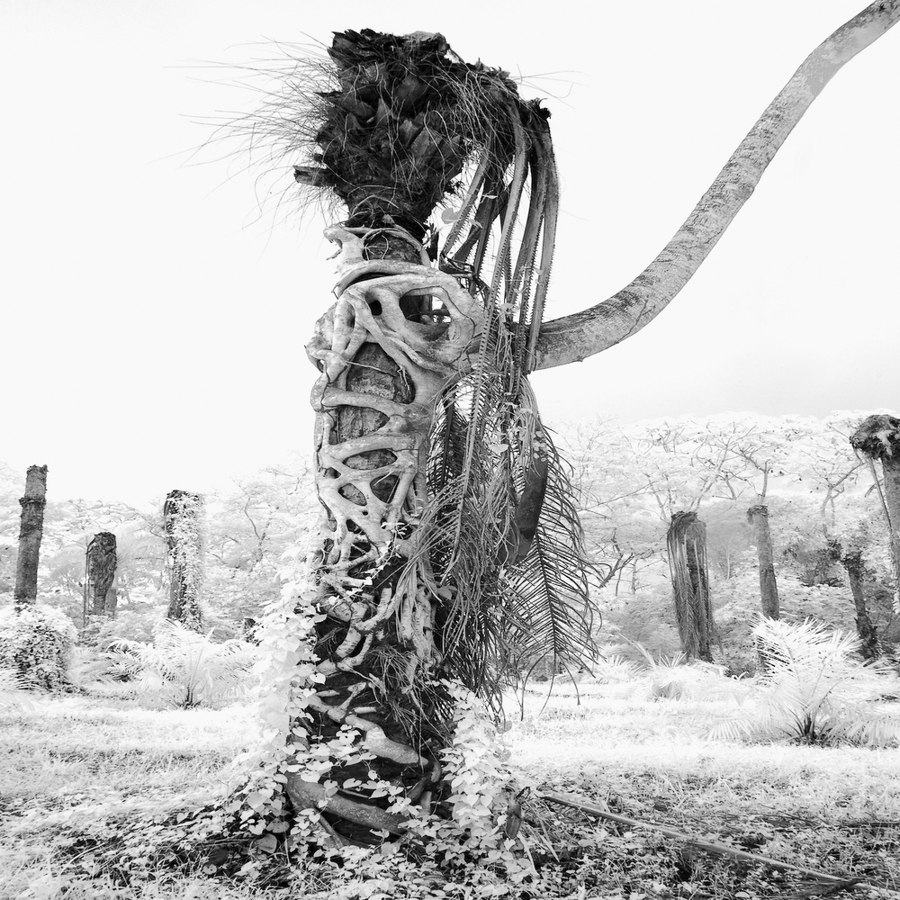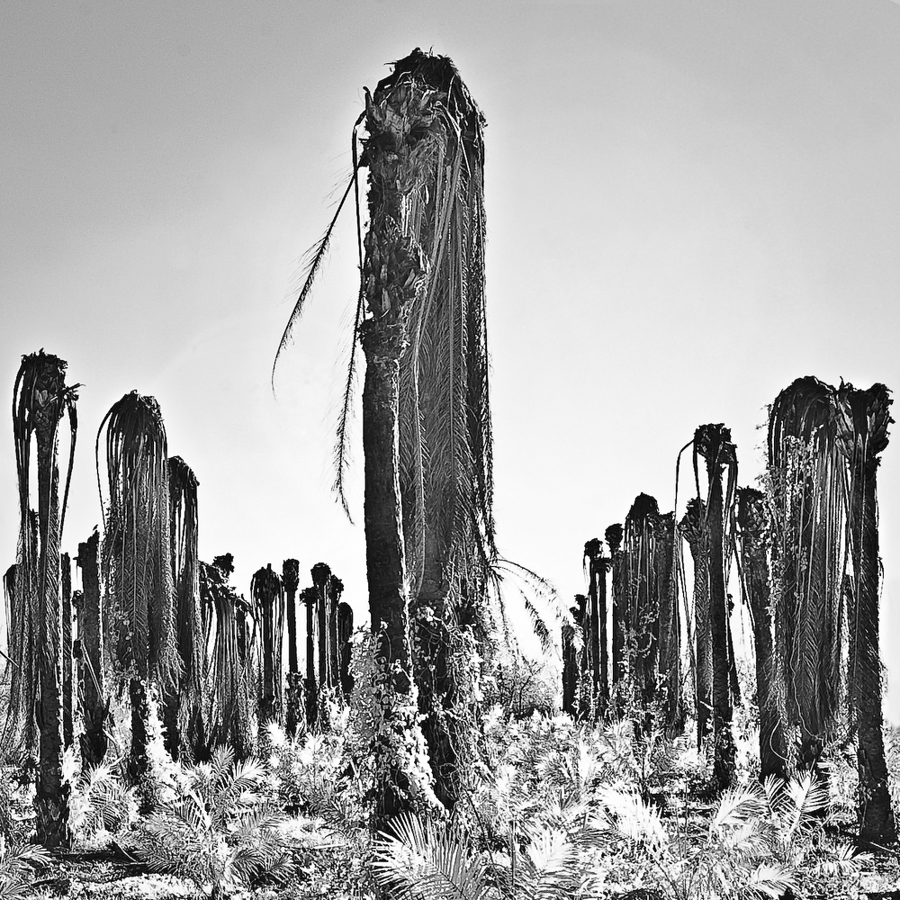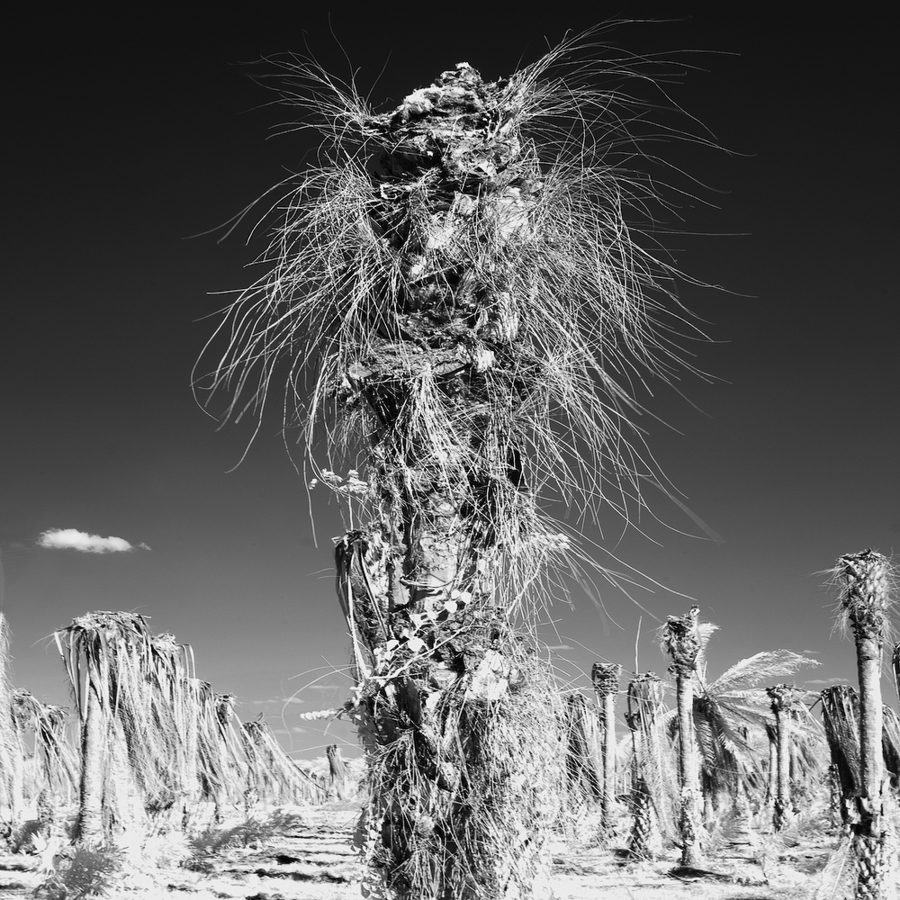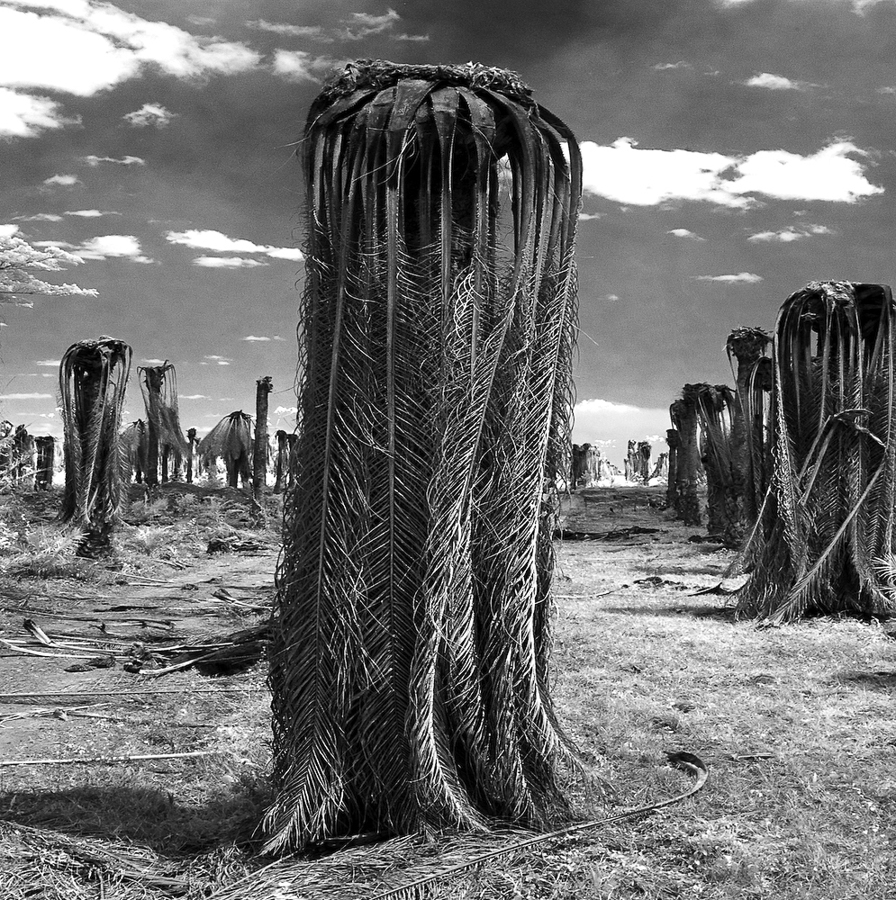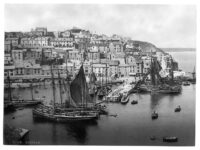Jan is a photographer-artist. Born in Mexico City in 1974, Jan’s childhood was a constant series of moves that has continued to this day. Jan has lived and worked 20 countries. Originally a graduate of business, he is self-taught in photography.
“Jan explores the realm of the overlooked. His images invite query because they do not immediately show themselves; they live in what likes to hide itself and withdraw from us.”
My father was an amateur photographer and his interest in photography made me curious about the medium. When I was seven he encouraged me to save my money for my first camera, and I eventually bought a Minolta pocket camera. I think it was a 450 or 430. The quality was awful, but was too young to know it and was simply happy to be taking pictures of everything. In some ways it was the equivalent of a phone camera because you could take it everywhere. My father, for reasons that are still obscure to me, suddenly stopped taking pictures, and my interest dimmed as well—or at least it simply stayed at the point-and-shoot level for many years. I certainly enjoyed taking pictures, and even learned to process my film in school, but I never fully felt comfortable with a SLR and firmly stayed at the amateur level. It wasn’t until I was in my late twenties that I again began playing around with cameras. Again, I started with cheap digital cameras because I had read somewhere that it only made sense to upgrade to more sophisticated equipment once you mastered inferior models and learned what you new features you needed in a camera in order to improve your art.
The film versus digital debate was in full rage at that time, and I admit I felt a bit like a cheat because I was using digital equipment. That feeling of inadequacy motivated me to go back to film and begin experimenting with all sorts of equipment and styles. I tested old range finders and 35mm SLR cameras, a second-hand Hasselblad and pinhole cameras I built myself. I went through phases. As is common with many beginning photographers, I shied away from people and focused on landscapes and still life. Eventually I gave fashion and product photography a shot but was never very good at it. I covered weddings and birthdays and gave stock photography a try. There is a certain adrenalin rush in working at a wedding or a commercial shoot because you have to get things right and have few opportunities to redo any mistakes. But across all of this I realized I missed the opportunity to create something that was mine alone, and eventually desire lead to art photography. Simultaneously, my confidence with equipment had grown, and it was fun to play with modern equipment, to program settings, set-up lights and all of that, but I found all those bells and whistles to be a distraction to creating art as well. Eventually I found myself stripping back the technical layers and pairing down my equipment. It’s at that point that I consider I became a photographer, if only because I felt comfortable in my own skin and no longer felt like an imposter. This was only about seven years ago or so.
02. Is there any artist/photographer who inspired your art?
The photographers that most inspired me where the friends and family around me who taught me what they knew, in particular my father and a very good friend who was professional photographer. At times I tried to copy the style of Helmut Newton, Steve Klein, Koudelka, and the like, but as I mentioned before, this felt uncomfortable because it wasn’t my voice and my style. It felt fake. Then there is the myriad of web-sites and e-magazines and that continues to be source of inspiration because you get to see what people from all over the world are doing, and I enjoy looking at ongoing contemporary work very much. You see what is being done, the perspectives, the techniques and the ways of presenting and this all contributes to a sub-concious growth that pushes my own style forward.
03. Why do you work in black and white rather than colour?
I often read that in order to be a good photographer one has to understand how to manipulate light, paint in light, control light, and so on. But in reality I never found light to be interesting. I prefer shadows. They are more interesting—grittier and evocative. Photography, for me, is about seeing things that are not obvious, and this often means looking into the shadows of a scene. In this sense, black and white is a perfect medium. Colors live in the light, but not in shadows, and when you want to express mood it is so much easier to work with the straight-forward levers of black and white. I also enjoy working in color and some of my best known work is actually in color, but I find it can easily distract me or my viewer from what I am feeling when I see something I want to capture. I find working in black and white like reading a short story or watching a short film—by very nature of the work it has to be succinct. Less is more, like a haiku.
04. How much preparation do you put into taking a photograph/series of photographs?
I put a hell of a lot of preparation into a series I intend to show. My work is often in distant places that are hard to reach, and I don’t have the luxury of being able to go multiple times. Yet most of my preparation is academic and logistical. When I actually reach my destination I move quickly and try to let the first impressions of a place guide my work. There is a lot of improvisation at the moment everything is happening, but I know the outline of what I want to achieve before hand and therefore these adaptations are not a detriment and instead become part of the creative process. It’s like training for a race and reading about a particular circuit, but only actually run that route on race day. Once I am in a place it is common for me to quickly snap away at a scene as I approach it—and to continue with the race analogy, this is like an athlete stretching his muscles. Eventually I find the right angle and poise, and start making smaller adjustments in perspective, depth of field and so on. Eventually I find my pace within each place.
05. Where is your photography going? What projects would you like to accomplish?
There are actually so many projects I have in mind but time is always tight. I am part of the Guild of Atomic Photographers and I will always continue to develop work in this field. This topic has dominated so much of my efforts since 2011 that I now need to return to something more personal. I’ve frequently been criticized by Mexican curators for being Mexican and not having a series about my country. Although I disagree with the reason for this criticism, I nonetheless find myself actually wanting to do something in Mexico.
And as I find myself thinking about a “personal” project I find my mind’s eye seeing the world almost exclusively in black and white again—after three years of working in color. Even the pictures I take of friends and family are now in black and white. My thoughts are also drifting much more toward the human presence. For the last 18 months I’ve been practicing a lot of fast paced street photography in Eastern Asia, particularly China. I give myself one day and night in a given city to explore and absorb the first impressions. I aim for five to ten images and practice taking them from the hip (actually my chest or belly), estimating the depth of field and the right settings before hand and so on. This is part of a mental and technical exercise to work with a couple of projects I have in mind and that involve documenting certain rural dances in Mexico and working with crime scenes.
Website: www.smithjan.com

